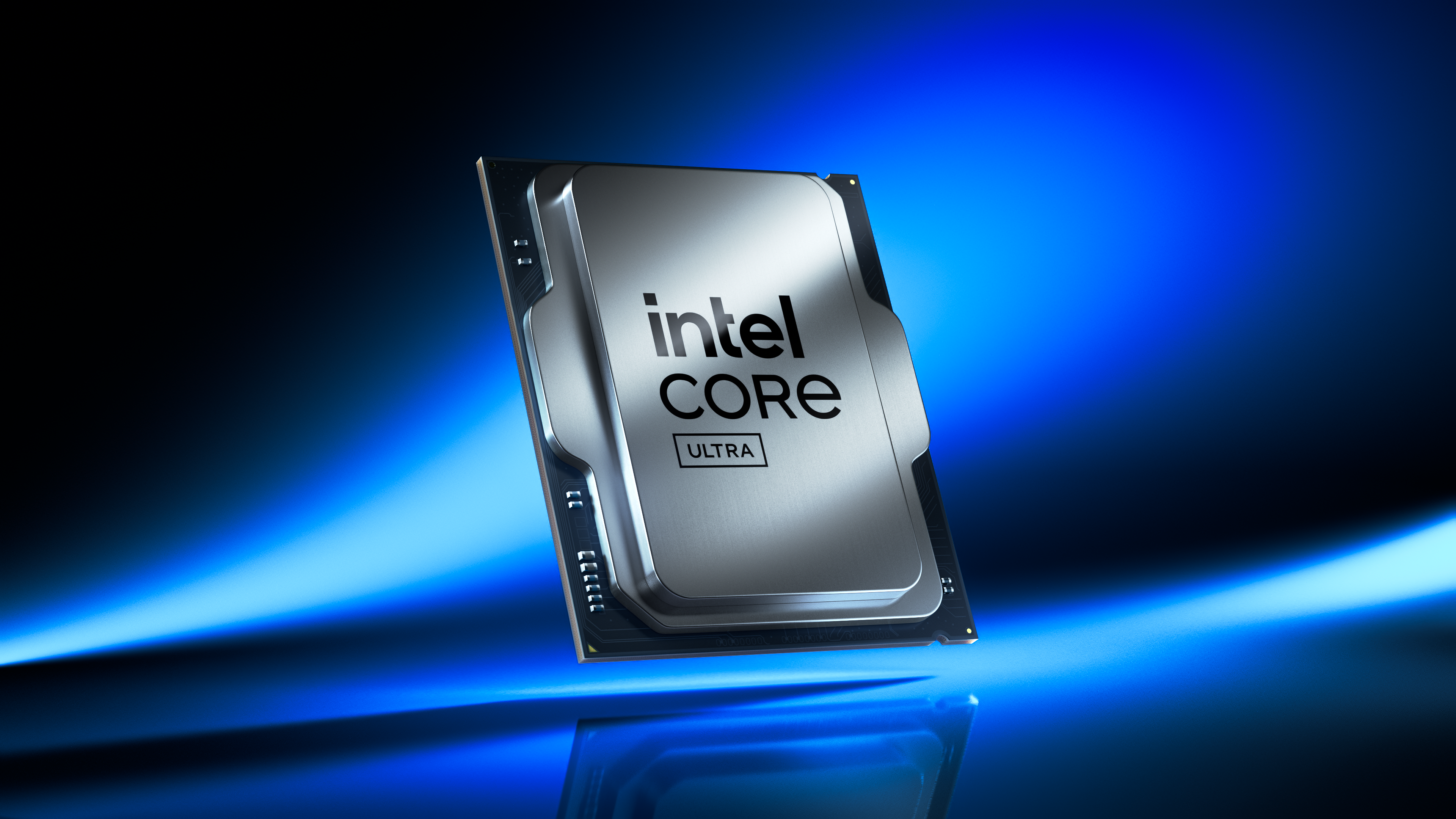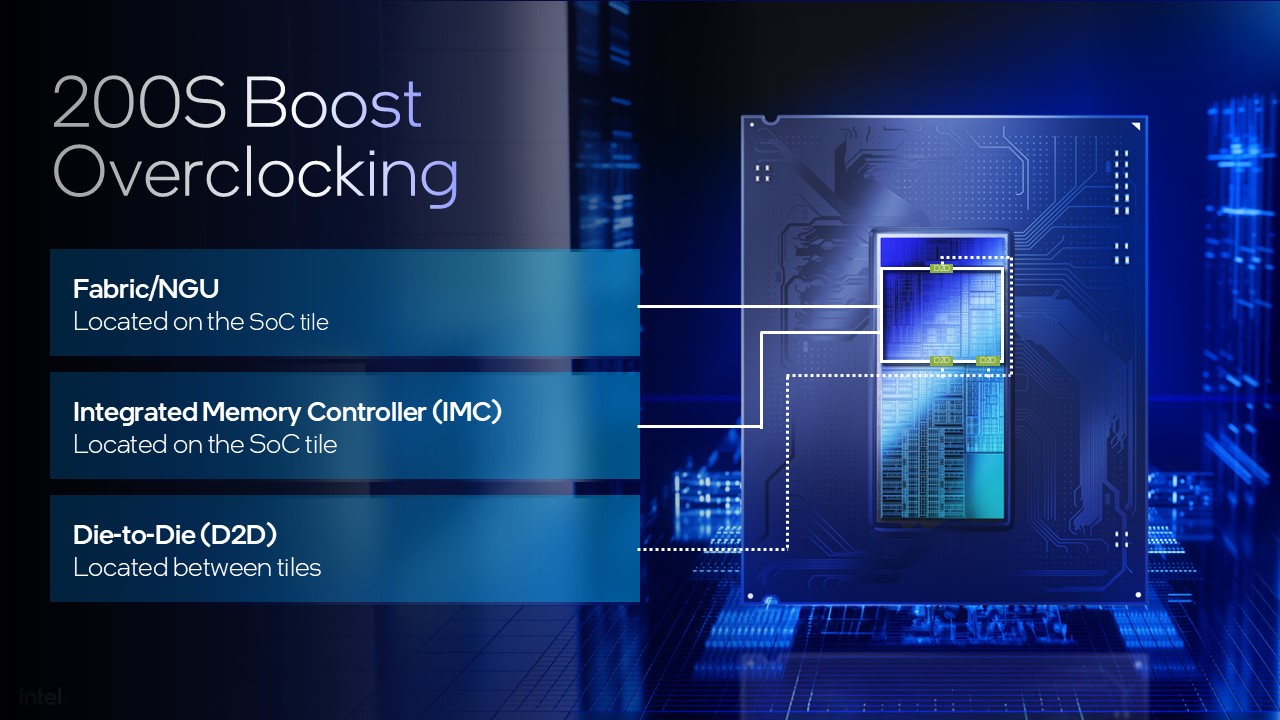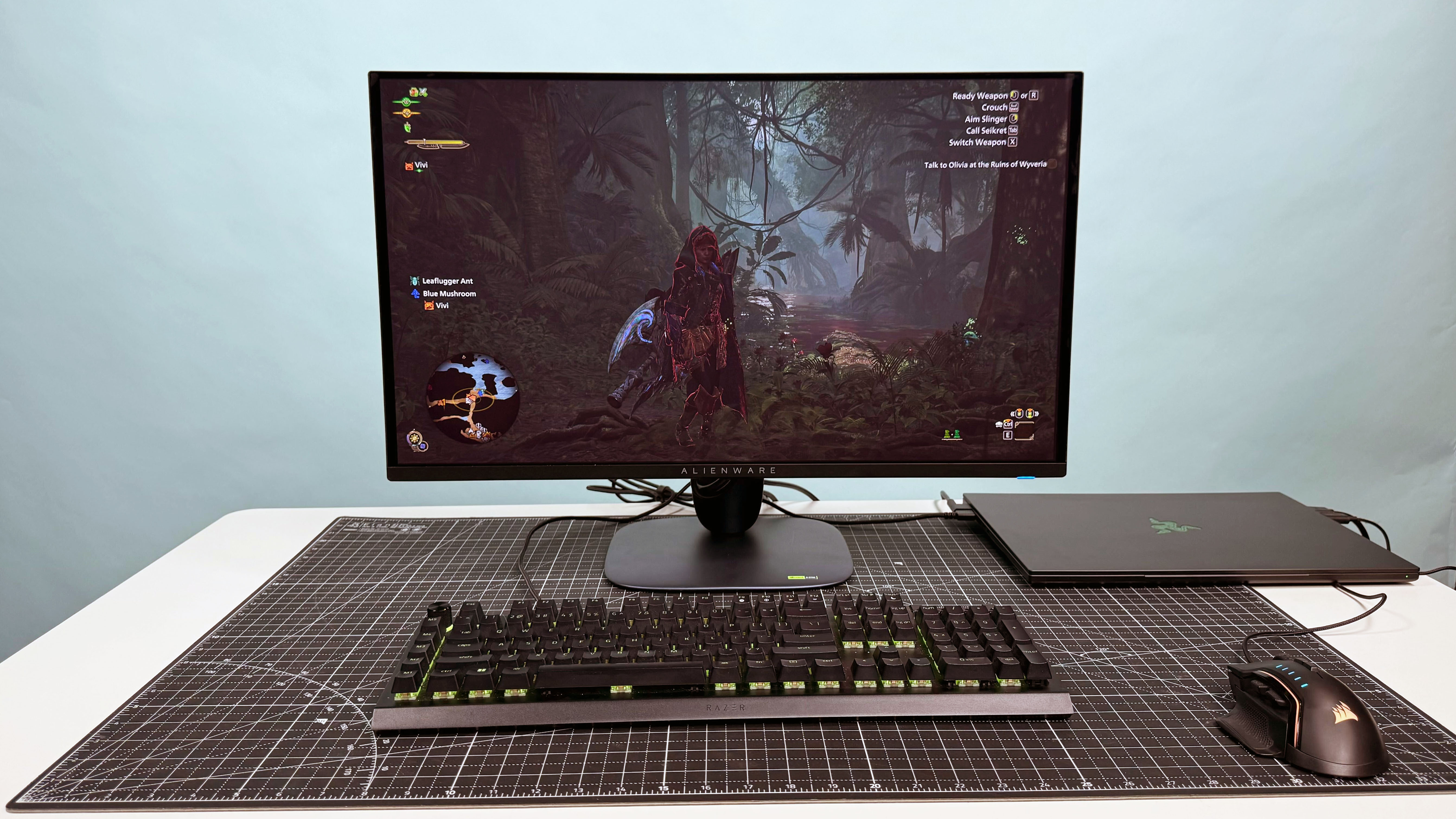6 months later, has Intel finally fixed desktop performance?
Enthusiasts finally have an overclocking update that improves Arrow Lake S performance

Intel's most recent desktop launch did not go smoothly.
Intel's first chipset in the Arrow Lake family was the Core Ultra 200S/K for desktops, which launched in October 2024. Critical reception was poor, with Tom's Hardware and IGN giving the flagship Core Ultra 9 285K a 3-star review due to its lack of performance when it comes to gaming.
In January, around CES 2025, Intel launched a series of fixes for Arrow Lake desktop performance to address a number of issues with the chip. But not all reviewers saw a performance hike in the Core Ultra 200S series.
The underwhelming performance of Arrow Lake S has given the impression that Intel's latest desktop chips aren't built for enthusiasts, but now Intel has a solution — Intel 200S Boost overclocking.
What is Intel 200S Boost?

As announced today on the Intel Gaming Access blog, Intel 200S Boost is an overclocking profile "designed to optimize performance for Intel Core Ultra 200S series processors."
The overclocking profile is designed for desktop chips within the Intel Core Ultra 200S family (K-SKU chipsets).
When combined with Z890 series motherboards and Intel XMP memory modules (DIMMs), desktop owners can enable the Intel 200S Boost overclocking profile to see performance uplift thanks to increased speeds on the SoC fabric, die-to-die, and integrated memory controller.
Get The Snapshot, our free newsletter on the future of computing
Sign up to receive The Snapshot, a free special dispatch from Laptop Mag, in your inbox.
The overclock settings for the Intel 200S Boost profile include:
| Header Cell - Column 0 | Default Specs for Intel Core Ultra 200S-K | 200S Boost Overclocking Profile | Voltage limitations |
|---|---|---|---|
Fabric (aka SoC Tile/NGU) | 2.6 GHz | Up to 3.2 GHz | VccSA ≤ 1.20V |
Die-to-Die (aka “D2D”) | 2.6 GHz | Up to 3.2 GHz | VccSA ≤ 1.20V |
DDR5 Memory: UDIMM/CUDIMM 1 DIMM per channel (aka "1DPC") | 6400 MT/s (3200MHz) | Up to 8000 MT/s (4000MHz) | VDD2 ≤ 1.4V and VccSA ≤1.20V Module VDDQ and VDD ≤ 1.4V |
Intel has included a list of all memory kits that meet its XMP (Intel Extreme Memory Profile) standard.
Intel and its partners have only tested a handful of Z890 motherboards on the new 200S profile, but all Z890 motherboards with the latest BIOS update will be able to access the new overclock profile.
Intel's 200S Boost profile is supported on the Intel Core Ultra 200S family of chipsets, including:
- Intel® Core™ Ultra 9 285K
- Intel® Core™ Ultra 7 265K
- Intel® Core™ Ultra 7 265KF
- Intel® Core™ Ultra 5 245K
- Intel® Core™ Ultra 5 245KF
The 200S Boost overclocking profile is protected by Intel's three-year limited warranty so gives you some insurance against melting your CPU.
Is Arrow Lake finally an enthusiast chip?

While desktops aren't our bread and butter here at Laptop Mag, our staff is full of tech enthusiasts, and we like to keep an eye on what's going on in the desktop computing world.
We haven't gotten a chance to poke around at the 200S Boost profile yet, but Tom's Hardware did some testing, and it seems we're looking at a 7% performance uplift with the 200S Boost profile enabled over the default fabric, D2D, and memory controller clock speeds.
And that's not nothing, when you consider the 200S Boost fix is just a bit of software trying to patch a hardware performance gap.
Some folks will still be unhappy with those numbers, and it's certainly not the massive gains in gen-to-gen performance we saw with the Arrow Lake H and HX mobile processors, which clocked up to 20% multithread performance gains over Intel's 14th generation chipsets.
While I can understand the enthusiast desire for large generation performance uplift, I'm also rather skeptical of how hard we really need to push performance.
On one hand, bigger numbers are always better. On the other hand, do we even need more power?
Sure, there will always be enthusiasts who want their PC build to break performance benchmarks. But enthusiasts are just a small, vocal segment of the PC market. While it would be great to see Intel back in the top ranks of "best gaming CPU," I can also understand the need for a company to be where its market is.
Obviously, Arrow Lake was not the chip that was going to bridge the general consumer and enthusiast markets. But there's always a possibility for Intel's 2025 Arrow Lake Refresh to make bigger strides toward closing that gap.
And if not, there's 2026's Nova Lake, which will be built on Intel's 18A (1.8nm) silicon wafer process.
More from Laptop Mag

A former lab gremlin for Tom's Guide, Laptop Mag, Tom's Hardware, and TechRadar; Madeline has escaped the labs to join Laptop Mag as a Staff Writer. With over a decade of experience writing about tech and gaming, she may actually know a thing or two. Sometimes. When she isn't writing about the latest laptops and AI software, Madeline likes to throw herself into the ocean as a PADI scuba diving instructor and underwater photography enthusiast.
You must confirm your public display name before commenting
Please logout and then login again, you will then be prompted to enter your display name.
